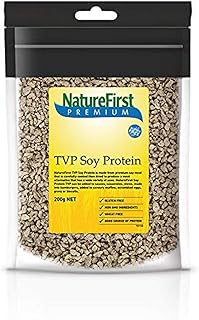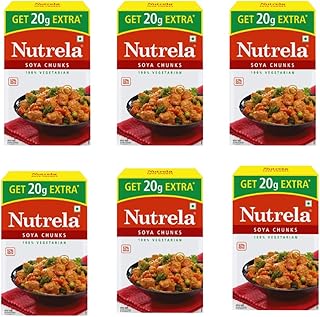Textured Vegetable Proteins, commonly known as TVP, have gained significant traction in the market, particularly in the context of the rising demand for plant-based protein alternatives. These proteins, derived primarily from soy, have emerged as a versatile and nutritious substitute for meat, appealing to both B2B and B2C segments. The global market for TVPs was valued at US$1.6 billion in 2024 and is projected to reach US$2.4 billion by 2030, driven by a compound annual growth rate of 7.2%.
The surge in demand for plant-based proteins can be attributed to various factors, including the increasing adoption of plant-based diets for health, environmental, and ethical reasons. TVPs offer a high protein content, low fat levels, and zero cholesterol, making them an attractive option for consumers seeking healthier lifestyles without compromising on taste. Moreover, the rise in lactose intolerance, veganism, and flexitarian diets globally has significantly influenced consumer purchasing behavior, making TVP a staple in households and various food applications.
One significant driver of the increased demand for TVP-based products is the hospitality and foodservice industry’s pivot towards more inclusive menus. Hotels, quick-service restaurants, and cafes are expanding their offerings to include meat analogs made with TVPs. This shift is further reinforced by robust marketing efforts by major food brands, endorsements from celebrities, and the growing influence of social media advocating for sustainability and health.
Advancements in food technology have also played a crucial role in reshaping the applications of TVPs. Innovations in extrusion technology have allowed manufacturers to create products with diverse textures, mimicking various meat varieties. Furthermore, ingredient diversification beyond soy, such as pea, wheat, lentil, and fava bean-based TVPs, has not only enhanced allergen management but also expanded the market to cater to a broader consumer base.
Consumer patterns globally have significantly influenced the utilization of TVPs. Millennials and Gen Z, in particular, have shown a strong acceptance of alternative proteins, aligning with climate activism, animal welfare, and wellness concerns. This demographic shift has prompted retailers and manufacturers to adapt quickly, with private label penetration in the textured vegetable protein space witnessing substantial growth, especially in Europe and North America.
In developing economies, affordability and accessibility have been key drivers of TVP growth. Countries in Africa and South Asia are incorporating TVPs into humanitarian food aid programs and public health nutrition strategies due to their long shelf life, nutritional density, and ease of transport. Meanwhile, in developed markets, TVPs are increasingly being used in a wide range of products beyond traditional meals, such as pet food and snacks.
Overall, the evolution of TVPs from a niche dietary substitute to a mainstream protein component underscores the dynamic shifts in consumer preferences and the food industry landscape. With continuous advancements in technology, ingredient diversification, and evolving consumer perceptions, the market for Textured Vegetable Proteins is poised for robust growth and innovation in the coming years.
📰 Related Articles
- Textured Vegetable Protein Market Set for Robust Growth by 2034
- Global Soy Protein Market Surges Amid Plant-Based Nutrition Trend
- Soy Protein: A Versatile and Nutritious Meat Alternative Trend
- Skincare Dominates Beauty Market Growth Amid Global Wellness Trend
- PlayStation Gaming and Betting Convergence: A Growing Trend






